Geography
Phitsanulok province covers some 10,584.5 sq. km. The riverside provincial capital is 377 km. North of Bangkok. Phitsanulok is situated on the geographical and administrative line uniting the central and northern regions. Phitsanuloke, located in Central Northern Thailand is a modern city. Ideal as a stepping stone for the Northern visitors attractions including Sukothai.
Phitsanulok was the birthplace of King Naresuan the Great of Ayuthaya (reign : 1590 - 1605), and his brother Prince Ekathosarot. Phitsanulok has long been an important center for political and strategic reasons. Phitsanulok was a major center of recruitment when Ayuthaya waged war with Burma, and was the capital of Thailand for 25 years during the 1448-1488 reign of Ayuthaya’s King Boromtrailokanat.
The climate of Phitsanulok is generally hot and humid. It borders with Uttaradit in he North, Pichit in the south, Loei and Phetchabun in the East, Kamphaeng Phet and Sukhothai in the West. Covering an area of 10,815.8 sq.km., the province is divided into 9 Amphoes : Muang , Bang Rakam , Nakhon Thai , Phrom Priram , Wat Bot - BangKrathum , Chat Trakan , Noen MaPrang , Wang Thong
City Attraction
Wat Phra Si Rattana Mahathat his monastery commonly called by the inhabitants as "Wat Yai" is the most important monastery of Phitsanulok, the home of the famous Phra Buddha Chinnarat. It is located at the foot of Naresuan Bridge on the city side of the river.The monastery was built in the reign of Phra Maha Thamma Racha I (Phraya Lithai) In 1357 A.D. It houses the Phra Buddha Chinnarat regarded as the most beautiful Buddha image in Thailand. It is cast in the attitude of subduing evil. Later, in 1631, King Ekatosarot graciously bestowed some of his gold regalia to be beaten into gold - plate and applied them to the image worth his own hands, creating its most beautiful Buddha image. There are many other beautiful and noteworthy items in the monastery compound. The mother - of - pearl inlaid wooden doors of Vihara are especially splendid, and were built by King Boromkot in 1756 as a dedication to phra Buddha Chinarat. Behind the Vihara, there is a large Prang 36 meters high, with a staircase leading up to the niche containing the Buddha relics. In front of the Prang, there is Phra Attharos, and on the 9 room Vihara slope. There remains only the newly-renovated Buddha image.
Wat Ratchaburana nad Wat Nang Phya Is located on the eastern bank of the Nan river, near Wat Phra Si Rattana Mahathat to the south. These two monasteries, assumed to be built when Phitsanulok City was ruled by King Boromtrailokanat, have linking compounds. Wat Nang Phya has temple or bot but it is known for the so-called "Phra Nang Phya" votive tablets special fine form of the 3-head nagas decorated on their eaves.
King Naresuan the Great Shrine The shrine is located in the compound of the Phitsanulok Phittayakom school, and depicts the seated king ceremoniously declaring Ayuthaya's independence from Burma. The shrine was constructed on the site of the Channdra Palace where King Naresuan was born in 1555.
Plakads - Siamese Fighting Fish - Bettas

- Scientific Name: Betta Splendens
- Other Names: Betta
- Family: Belontiidae
- Origin: Thailand, Cambodia
- Adult Size: 3 inches (7 cm)
- Social: Males cannot be kept together
- Lifespan: 3 - 4 years
- Tank Level: Top dweller
- Minimum Tank Size: 3 gallon
- Diet: Live foods preferable, will eat flakes and frozen foods
- Breeding: Egglayer - bubblenest
- Care: Easy to Intermediate
- pH: 6.8 - 7.4
- Hardenss: up to 20 dGH
- Temperature: 75-86 F (24-30 C)
Plakad grows to an overall length of approximately 7 cm (~ 3"), and has an average life span of four years. Well kept aquarium specimens have often lived well beyond six years. There are reports of captive Bettas living ten or more years in laboratory settings.
In Asian countries they have long been used in a sport similar to cockfighting, where it was necessary to have aggressive short-finned fish. Today, by selecting breeding, it is not uncommon to see B. splendens with an array of colors and tails. Both female and male Bettas are now available in many colors, with new strains being developed constantly by dedicated breeders around the world. Females never develop finnage as showy as males of the same type, and are almost always more subdued in coloration. Also, the temperaments of both sexes are varied. Though males on average are more aggressive, some females have proven more aggressive than their male counterparts.





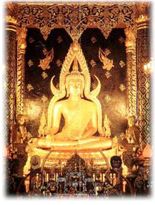
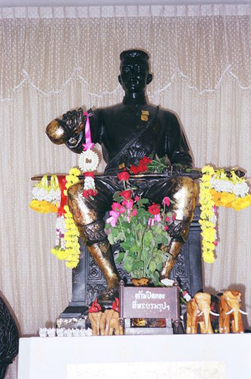

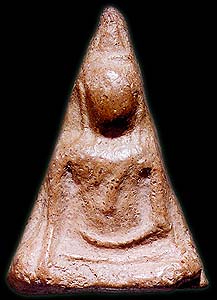
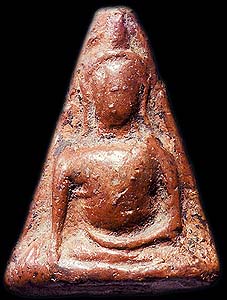
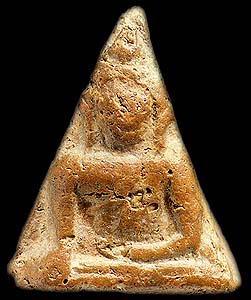
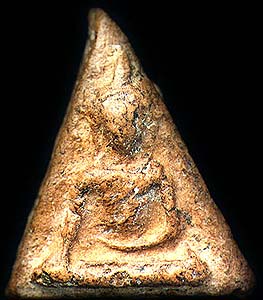
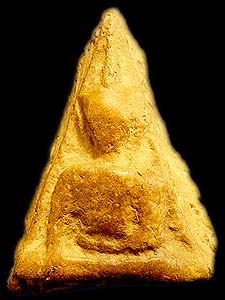
No comments:
Post a Comment